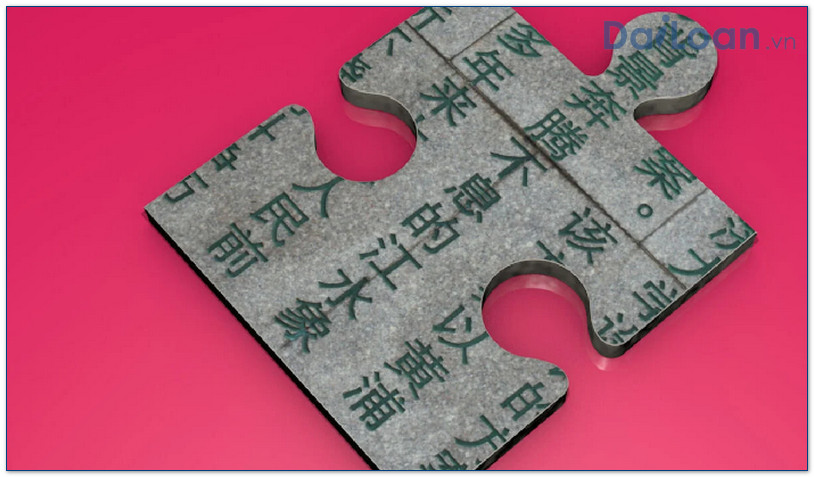The Chinese character 鹿 (lù) stands for “deer” and is a significant word in the Chinese language. This article aims to delve deeper into its meaning, grammatical structure, and provide multiple example sentences to illustrate its usage effectively. By understanding 鹿 (lù), learners of Chinese can expand their vocabulary and grasp the beauty of Chinese expressions.
Meaning of 鹿 (lù)
In Chinese, 鹿 (lù) specifically means “deer.” Deers are often associated with various cultural symbols, representing gentleness, agility, and grace in both nature and literature. In some contexts, 鹿 (lù) also holds associations with good fortune and longevity, particularly in Chinese folklore.
Cultural Significance
The deer is an auspicious symbol in Chinese culture, often depicted in artworks and traditional decorations. For example, images of deer can symbolize prosperity and a long life, particularly during the Lunar New Year.
Grammatical Structure of 鹿 (lù)
As a noun, 鹿 (lù) follows the standard structure of Chinese nouns. It can be used singularly or in plural forms. The plural can be expressed through context rather than grammatical alteration, as Chinese does not have a direct plural form for nouns.
follows the standard structure of Chinese nouns. It can be used singularly or in plural forms. The plural can be expressed through context rather than grammatical alteration, as Chinese does not have a direct plural form for nouns.
Usage in Sentences
鹿 (lù) can appear in various sentence structures, including as subjects, objects, and within prepositional phrases. In addition, it can be combined with measure words, which is common in Chinese grammar.
Common Measure Word
When referring to deer, the measure word 只 (zhī) is commonly used. For example:
- 一只鹿 (yī zhī lù) – one deer
- 五只鹿 (wǔ zhī lù) – five deer
Example Sentences Using 鹿 (lù)
Here are some example sentences showcasing the use of 鹿 (lù) in different contexts:
1. Simple Sentences
- 我看到了两只鹿。(Wǒ kàn dào le liǎng zhī lù.) – I saw two deer.
- 这片森林里有很多鹿。(Zhè piān sēnlín lǐ yǒu hěn duō lù.) – There are many deer in this forest.
2. Complex Sentences
- 当我在公园散步时,我看到了一只鹿。(Dāng wǒ zài gōngyuán sànbù shí, wǒ kàn dào le yī zhī lù.) – When I was walking in the park, I saw a deer.
- 在中国文化中,鹿被视为吉祥的象征。(Zài Zhōngguó wénhuà zhōng, lù bèi shì wéi jíxiáng de xiàngzhēng.) – In Chinese culture, deer are regarded as auspicious symbols.
3. Descriptive Sentences
- 鹿的身体很灵活,能够在森林中快速奔跑。(Lù de shēntǐ hěn línghuó, nénggòu zài sēnlín zhōng kuàisù bēnpǎo.) – Deer have agile bodies that can run quickly in the forest.
- 人们常常在节日时用鹿的图案装饰家居。(Rénmen chángcháng zài jiérì shí yòng lù de tú’àn zhuāngshì jiājū.) – People often decorate their homes with deer motifs during festivals.
Conclusion
Understanding the character 鹿 (lù) not only enhances your vocabulary but also opens the door to appreciating the rich cultural associations linked to this animal within Chinese language and arts. By practicing with the provided example sentences and grasping its grammatical structure, learners can effectively incorporate 鹿 (lù) into their Chinese language journey.
Start using 鹿 (lù) in your conversations, and embrace the cultural depth that this character represents!

Sứ mệnh của Chuyên là giúp đỡ và truyền cảm hứng cho các bạn trẻ Việt Nam sang Đài Loan học tập, sinh sống và làm việc. Là cầu nối để lan tỏa giá trị tinh hoa nguồn nhân lực Việt Nam đến với Đài Loan và trên toàn cầu.
CÓ THỂ BẠN QUAN TÂM
Du học Đài Loan
Lao Động Đài Loan
Việc Làm Đài Loan
Đơn Hàng Đài Loan
Visa Đài Loan
Du Lịch Đài Loan
Tiếng Đài Loan
KẾT NỐI VỚI CHUYÊN
Zalo: https://zalo.me/0936126566
Website: www.dailoan.vn




